How to treat potato late blight
Late blight is a rapidly developing plant disease that progresses both on the tops and on tubers. Many people face this problem when growing potatoes. It is important to know how to prevent the development of infection, as well as how to eradicate the disease in the initial stages.
Description of the disease
Discovered in 1842-1843 at the same time in the United States and Europe. Relate to infectious diseases, which affects all parts of the plant. Distributed almost throughout the world and is fatal to the nightshade plantings. Due to the short incubation period of the fungi, it develops very quickly, one infected plant can cause the death of the entire crop. Infected spores remain in the fruits and tops of plants and serve as a focal point for further infection of plantations.

Signs of late blight on potatoes
As for potatoes, the lower foliage is primarily affected, and brown-brown spots form on it. From the back you can find a white coating - spores of the fungus. Over time, the manifestations of the disease spread throughout the plant, including the stem. After a few days, the green part darkens, dries and curls. At the same time, the fetus itself is affected, it is important to know how the disease manifests itself on the root crop, because it is the focus of infection of neighboring tubers. The vegetable is covered with dark and compacted spots, which later turns into rot.
Did you know? Potatoes are used not only for food purposes, but also in medicine: as a means to treat acne, sunburn and frostbite.
Causes of occurrence
Infection occurs in conditions of high humidity and the formation of dew on plant tissues. It is in the water that the spore becomes mobile and without obstacles penetrates through the stomata into the body of the plant, after which it affects it from the inside. The infection is transmitted through parts of diseased plants, as well as the soil, where it can persist for a long time.

Processing time
It is recommended to carry out field treatment when the first signs of the disease are manifested. But processing is considered more effective up to this point. It is important to monitor the temperature and humidity indicators, because they directly determine the start of infection.
Phytophthora development conditions include:
- high humidity combined with low temperatures;
- budding and the beginning of flowering.
Control Methods and Treatment
There are many recommendations regarding how to fight and what to do when plants are affected by late blight. The following are various drugs that will help get rid of the pest fungus, as well as instructions on how to treat and save the crop from ailment.

Chemicals
This group of drugs is classified depending on the direction of action:
- Protective. They are aimed at destroying spores that have not had time to infect a plant.
- Therapeutic. Suppress the pathogen.
- Eradicating. They cause the death of spores and prevent their appearance.
Learn how to process potatoes from rot.
Given the location of the action, the following types are distinguished:
- Contact. Affect the surface of the aerial parts (Bordeaux mixture, copper sulfate, preparations based on copper salts; mancozeb; fluazinam).
- Translaminar. They are based in deciduous tissues (preparations based on famoxadone + cymoxanil; mancozeb + dimetomorph).
- Systemic The plants circulate through the vascular system, falling into all its parts, including tubers (preparations based on mancozeb + metaxil; mancozeba + mefenoxam).

Important! When using chemicals, safety precautions should be followed and avoid contact with mucous membranes.
The most common drugs include copper sulfate. It is quite accessible and aimed at combating not only late blight, but also with other diseases of a fungal nature, as well as the Colorado potato beetle. The substance is used at all stages of root growth:
- processing of tubers before planting;
- spraying the bushes themselves;
- processing of planting material before storage;
- soil disinfection;
- enrichment of soil, poor in copper;
- disinfection of storage facilities.

Before being placed in the sprayer, they are pre-filtered. When the first signs of the disease appear, the concentration is increased to 0.2% and the procedure is repeated after 14 days. You can eat potatoes processed with copper sulfate, but two weeks after the last processing.
Folk remedies
Along with chemicals, there is a wide selection of folk remedies:
- Serum. Diluted with water in a ratio of 1: 1, 15 drops of 5% iodine are introduced per 1 liter of the mixture. The planting is treated every 3 days starting in July.
- Yeast. 100 g per 10 l of water, used for the primary lesion and repeat the procedure as necessary.
- Garlic. Grind 100 g of fruits and plant parts and pour 1 cup of water for a day. The filtered infusion is diluted with 10 l of water with the addition of 1 g of potassium permanganate. Apply every 10 days.
- Wood ash. The substance is sprinkled on the aerial part.
- Nettle and wormwood. 1 kg of herbs is brewed 24 hours in 10 liters of water. Filter and make 40 g of laundry soap, use every 10 days.

Check out the features of storing potatoes in the apartment.
Potato protection against late blight
To prevent the development of late blight is possible not only during the landing, but also long before that, for this purpose it is recommended:
- during harvesting, destroy all the remains of the tops, as well as the affected fruits, by burning;
- dry the collected fruits;
- use healthy potatoes for planting;
- give preference to varieties resistant to late blight;
- Do not plant crops next to tomatoes;
- tear off and burn damaged sheets;
- carry out regular spraying with special drugs;
- to make mineral fertilizers rich in potassium and phosphorus;
- carry out loosening of the soil.

Potato varieties resistant to late blight
The right choice of variety is one of the most important points in the fight against late blight. Resistant to this disease is considered:
- Dawn;

- Skoroplodny;
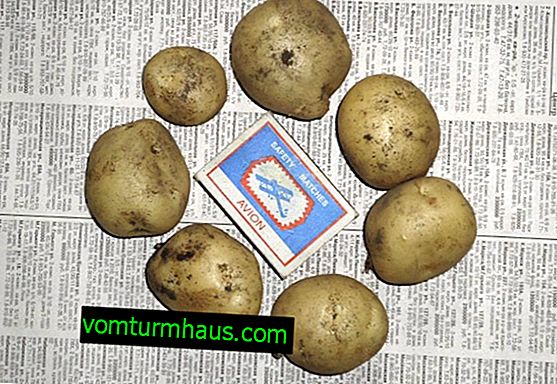
- Luck;
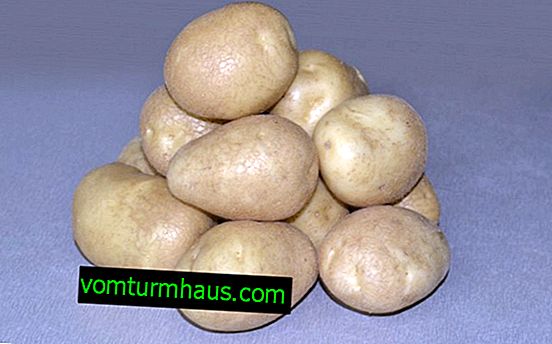
- Reserve;
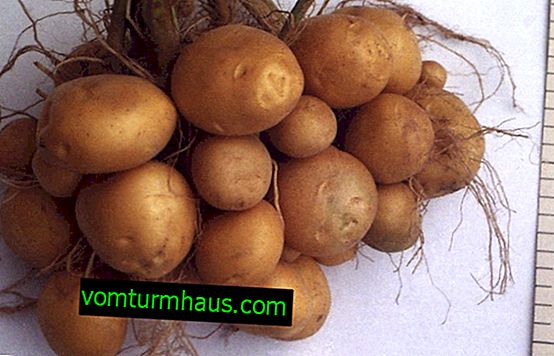
- Nevsky
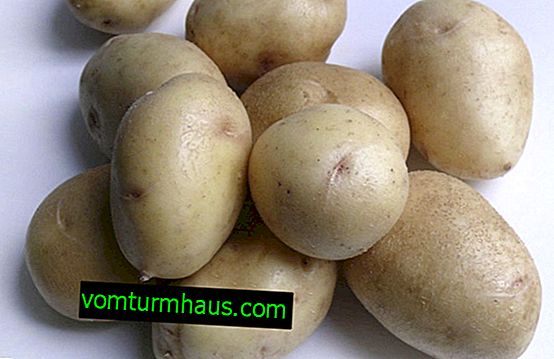
- Timo;
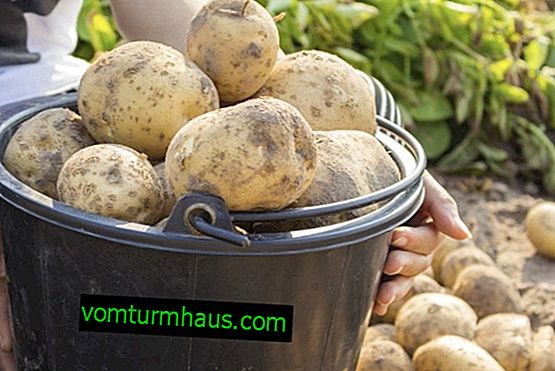
- Nida.
Is it possible to eat potato infected with late blight
It is undesirable to eat an infected product, because the affected areas change not only their structure, but also their nutritional properties. In order to save money, it is allowed to feed such root crops to animals, having previously removed the changed parts and given the product to heat treatment.
Did you know? Potatoes can be considered a poisonous plant, since its berries contain a large amount of solanine and, when eaten, cause poisoning.
A responsible approach to care and harvest significantly reduces the likelihood of late blight. Choose phytoresistant potato varieties, adhere to agricultural standards, and regularly take preventive measures against the development of mushrooms.









